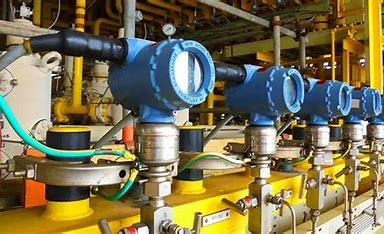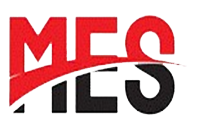Polavaram Mandal Dr.B.R.Ambedkar Konaseema District Andhra Pradesh
Instrumentation Projects
Design, supply, erection, and commissioning (DS&C) are the key phases of an instrumentation project, encompassing the entire process from planning to operational readiness. This involves designing the instrumentation system, sourcing and delivering the necessary equipment, physically installing it, and finally, verifying that it functions as intended.
Design Phase:
Requirement Analysis:
Define the specific needs and objectives of the project, including desired measurements, control functions, and performance standards.
System Design:
Develop the overall architecture of the instrumentation system, including the type of sensors, controllers, and communication networks to be used.
Detailed Engineering:
Create detailed drawings, specifications, and layouts for each component of the system.
Supply Phase:
Sourcing and Procurement:
Obtain the necessary instrumentation equipment, components, and materials from reliable suppliers.
Inventory Management:
Ensure that all required materials are available at the right time and in the right quantities.
Erection Phase:
Installation:
Physically install the instrumentation equipment at the designated locations, ensuring proper alignment, connections, and security.
Wiring and Cabling:
Connect the sensors, controllers, and other components with the appropriate wiring and cabling, following industry standards and safety regulations.
Equipment Testing:
Perform basic tests to verify that the installed equipment is functioning correctly and meets the design specifications.
Commissioning Phase:
System Testing:
Conduct comprehensive tests of the entire instrumentation system to verify that it meets the performance requirements and operates as intended.
Calibration and Adjustment:
Calibrate the sensors and adjust the system parameters to ensure accurate and reliable measurements.
Documentation:
Prepare and document all aspects of the installation, commissioning, and testing process for future reference and maintenance.
-
Call - 9:00 am to 6:00 pm
+91 9121 721 751
-
Send email
megaengineering99@gmail.com
-
Visit office
Polavaram Mandal Dr.B.R.Ambedkar Konaseema District Andhra Pradesh


